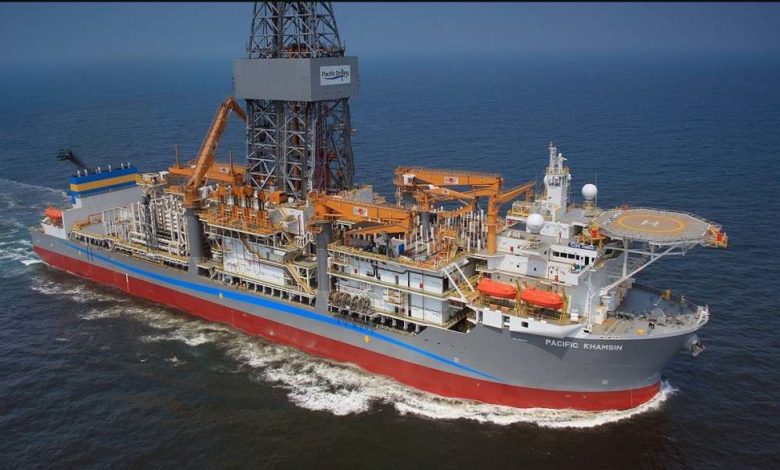Offshore markets remain robust: Clarksons

Offshore oil and gas markets continue to strengthen, with Clarksons offshore index approaching previous peaks.
The cross-segment rate index, which covers rigs, offshore support vessels (OSVs) and subsea construction vessel dayrates climbed to 100, up 101% against the start of 2021 and approaching previous peaks of 101 and 114 in 2013 and 2008, respectively.
The active rig count stands at “strong” 87%, with Clarksons Research projecting even higher utilisation at 93% by end-2024. Rates in the floater sector are reported as having closed in on $500,000 per day, while high-spec jackups are fixed at a dayrate of over $150,000.
Furthermore, Clarksons observed an overall OSV rate index up 29% year-over-year to 165 points with utilisation of 73% at a seven-year high. Demand progress continues, but the difficulty of reactivating long-term layups is moderating gains in the active vessel count as well as amplifying supply-side tightness which is down 5% since 2017.
Offshore oil and gas is 16% of global energy supply and Clarksons projects offshore oil supply will grow 3% year-over-year in 2023 while offshore gas will increase 3.1%. This market share will tick up, potentially to 18% by 2030. Despite cost pressures, $119bn of offshore oil and gas project capex is projected to reach FID this year, the highest in a decade.
As for mobile offshore production units, 15 awards of about $14bn are projected across 2023, double the 10-year trend. “Cost inflation pressures are causing some delays, but underlying demand from South and Central America with 16 FPSO awards expected by 2026 and West Africa with eight FPSOs and two FLNG units is robust,” Clarkson’s research unit noted.
When it comes to offshore wind, project sanctioning is expected to firm to $50bn in the full year 2023, rising to $58bn in 2024 and then escalating further.
“Sentiment remains generally positive, with the recovery in offshore oil and gas activity ‘well set’ and fleet supply constraints expected to persist,” Clarksons noted, adding for wind that: “While the underlying outlook for offshore wind remains positive and vessel markets have seen further newbuild investment, strong peak season utilisation and strengthening day rates, the inflationary pressures that have been building for some time are increasingly in focus for developers.”
A slow growth in newbuilding is projected for fleet developments, with restricting constraints such as high cost, difficulties in obtaining financing, and fuel choice uncertainty. Offshore wind has alternative fuel newbuild orders, but reactivation work and retrofitting of ESTs are more likely to give early opportunities for suppliers and yards in the oil and gas sector.
